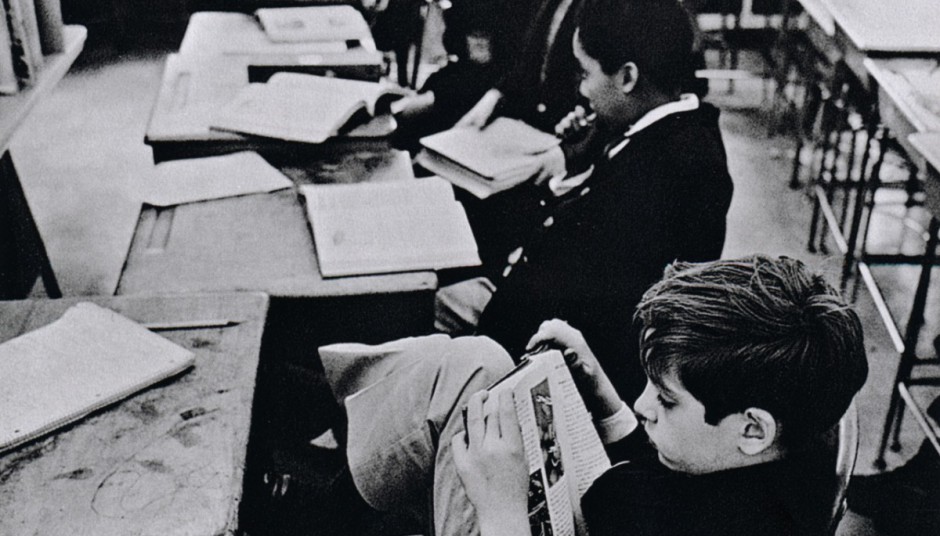Smartphones have seen a spike in ownership and usage in recent years. As a result, the camera in smartphones have seen a similar spike in quality and usage. While just a few years back, a typical blackberry came with a 1 megapixel or lower camera module, the majority of the bestselling smartphones on the market now have cameras with 8 megapixels or more. The smartphone has effectively made the point and shoot digital camera obsolete.
While I am in the group of millennials who do not snap photographs of their every meal, I do understand the appeal of wanting to do so, especially when the food is prepared by the photographer. In other situations, I am less impressed and more likely to skip over such photos.
Though food is the most dominant use of the smartphone camera, I do enjoy when someone captures a piece that’s out of the ordinary, such as the Bowery Graffiti Wall. Some of my favorite scenes to capture on my phone are scenes of nature, such as sunsets and mountain ranges.
I believe the easy access to cameras allow people to be more creative, rather than making them more creative. It’s very difficult to explain the appeal or draw to someone who doesn’t find the beauty in something ordinary. For someone who has a naturally creative mind, the possession of the smartphone camera allows them to document what they’ve seen, what they’ve experienced, and share that with someone who can appreciate that moment.
I do think that certain smartphone photographs can be considered art because the definition of art is ever-changing. This is evidenced by the way that art has transformed from the earliest cave paintings to the realistic stylings of the renaissance, to the abstract art of Vincent van Gogh, to the tongue in cheek graffiti political art that is now so prevalent in the meat packing district.




